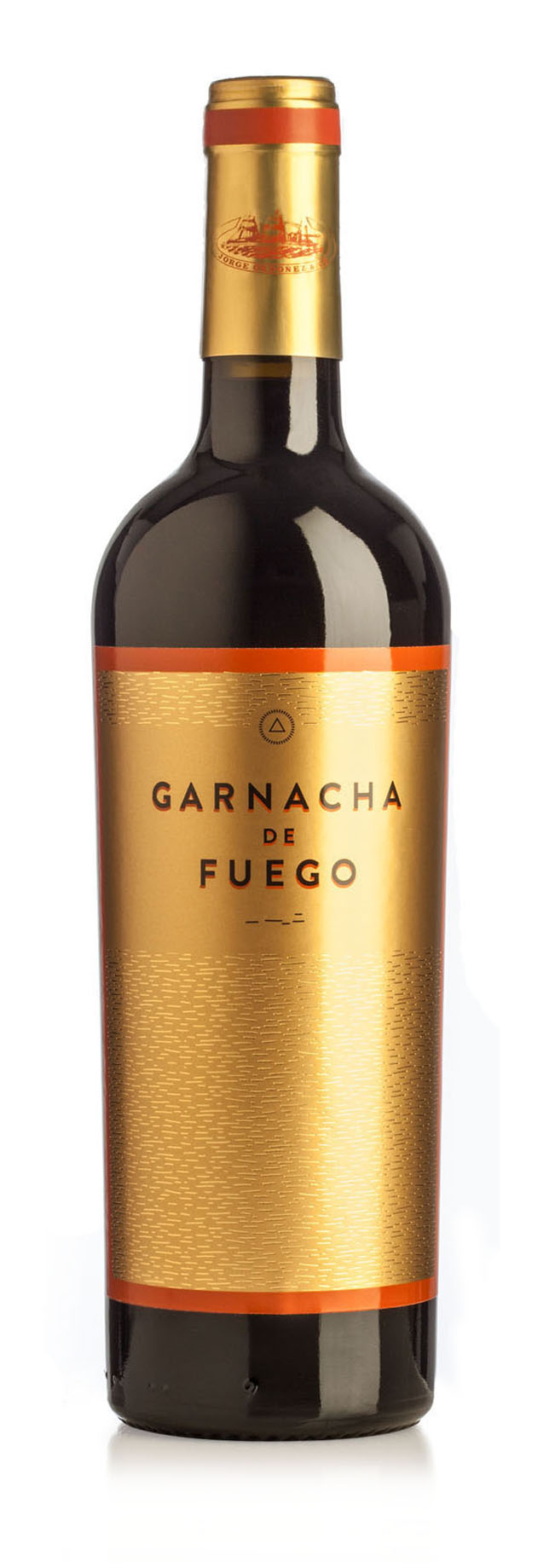Bodegas Breca
Garnacha de Fuego




Video Tour
Downloads
Bottleshot - 2017-BestValue-WineSpectator-Shelftalker..pdf - 2017-WineSpectator-Shelftalker..pdf - 2018-JamesSuckling-Shelftalker..pdf - 2018-JebDunnuck-Shelftalker..pdf - 2019-Dunnuck-Shelftalker..pdf - 2019-Vinous-Shelftalker..pdf - 2020-Vinous-Shelftalker..pdf - 2020-WineSpectator-Shelftalker..pdf - 2021-GuiaPenin-Shelftalker..pdf - 2021-Suckling-Shelftalker..pdf - 2021-Vinous-Shelftalker.pdf - 2022-Dunnuck-Shelftalker.pdf - 2023-Vinous-Shelftalker.pdf - 2024-Vinous-Shelftalker.pdf2023 Vintage
92pts

2023 Vintage
91pts

2022 Vintage
89pts

Denominacion de Origen
D.O. Calatayud
Location
Munébrega, in southeastern D.O. Calatayud, in the valley formed by the Sierra de Pardos and Sierra de Peña Blanca.
Varietal
100% Garnacha de Aragón, the oldest clone of Garnacha (Grenache) in the world. Garnacha was first cultivated in this northeastern corner of Spain and propagated across the Mediterranean by the Crown of Aragón.
Vineyards
Multiple mountain vineyards planted around the province of Munébrega
Year(s) Planted
Between 1980 and 1990
Viticulture
Traditional dry farmed viticulture. Organic Gobelet trained vines. Cultivated completely by hand, with minimal human intervention. The majority of the vineyards receive no treatments whatsoever.
Soils
Calatayud is characterized by rocky slate and quartz soils that date back to the Cambrian and Silurian periods. Slate is the common soil component, and depending on altitude or location, is either found as a pure slate soil, or slate intermixed with iron rich clay or calcareous clay. At lower altitudes, gravel and clay-loam soils are found as well.
Climate
Continental Mediterranean climate with cold winters, hot summers and drastic temperature fluctuations between day and night that can reach 60˚F. Vines self-regulate production levels based on hydric stress levels.
Winemaking
Hand harvested and stored in small baskets. The bunches are destemmed and the whole berries are ferment in stainless steel tank and concrete tank. Fermentation is started with a pied de cuve and maceration lasts for no longer than eight days. The wine is pressed sweet in pneumatic press over the course of six hours. Primary fermentation completes and malolactic fermentation begins spontaneously in stainless steel and concrete tanks.
Aging
Briefly aged in stainless steel and concrete tanks to soften tannins.
Comments
Garnacha de Fuego is a young, primary fruit expression of the oldest clones of Garnacha in the world, from the high altitude mountains of Calatayud. The altitudes, age of the vines, and slate dominant soils produce a wine of tremendous character and concentration, balanced by fresh acidity that provides balance and drinkability, and elegant minerality.